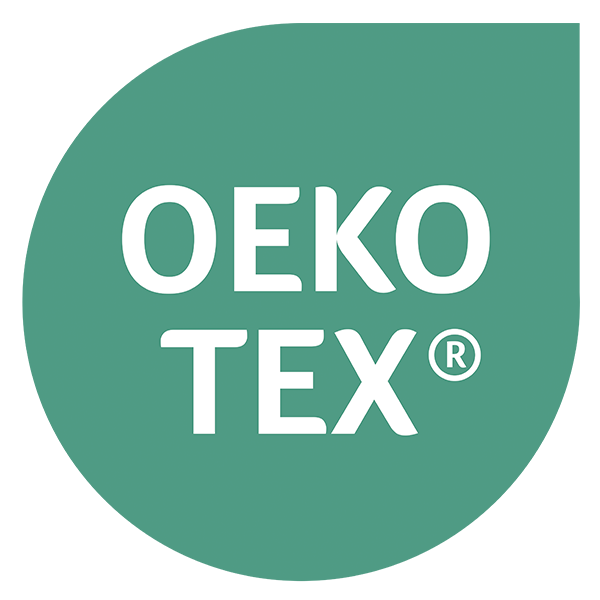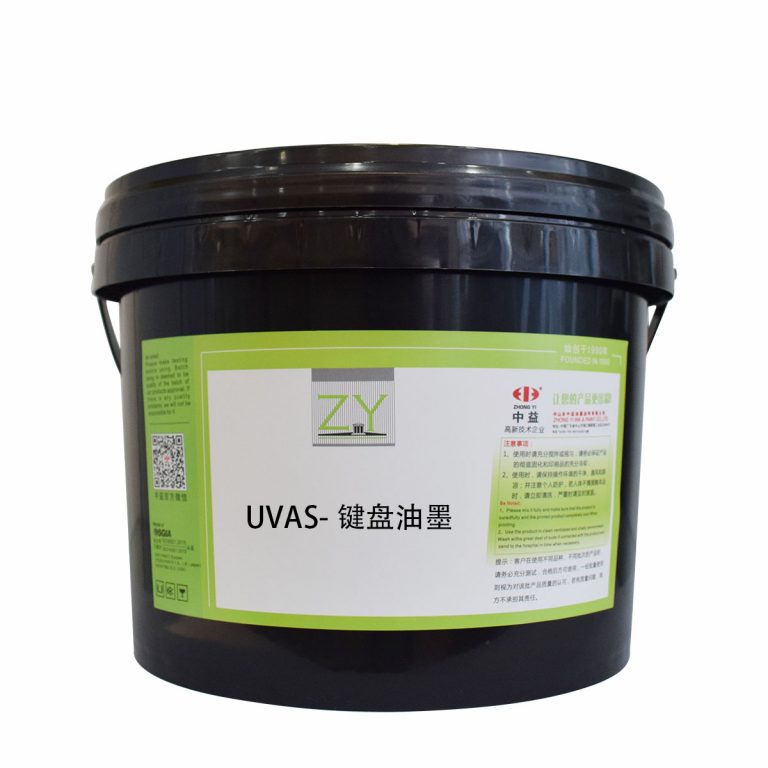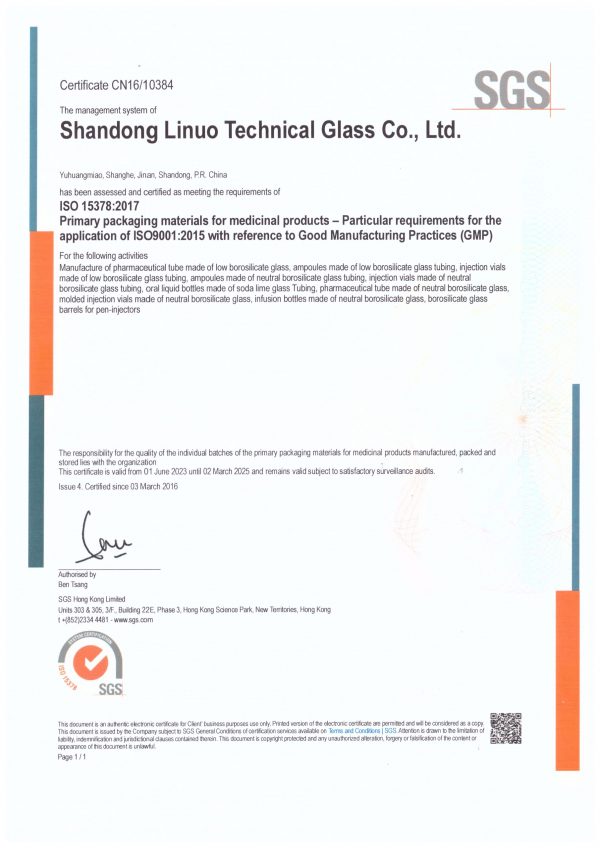Audio Quality Analysis: The Difference Between THD and THD+N
When it comes to audio quality, Total Harmonic Distortion (THD) and Total Harmonic Distortion plus Noise (THD+N) are critical parameters. THD represents the distortion of audio signals caused by deviations from a pure sine wave. In contrast, THD+N includes both these distortions and noise from various sources, thus offering a more comprehensive picture of audio fidelity. In an Anechoic Chamber, researchers can accurately measure these parameters without interference, ensuring that audio systems perform at their best. For audiophiles or sound engineers, understanding these metrics is pivotal in selecting the right equipment for pristine sound reproduction.

Noise Measurement: Introduction to Sound Pressure Level Parameters
Understanding sound pressure levels (SPL) is key to measuring noise accurately. SPL is quantified in decibels (dB) and indicates how loud a sound is in relation to a reference level. In environments like an Anechoic Chamber, sound pressure levels can be meticulously analyzed to determine the effects of various sound sources on the environment. For instance, engineers can identify the impact of noise pollution on sensitive production lines or medical equipment, ultimately aiming for designs that mitigate these effects for optimal performance.
Introduction to Beam Forming Technology in Acoustic Imaging
Beam forming technology plays a vital role in acoustic imaging, especially in environments requiring precise sound localization. This technique allows for focusing sound waves in specific directions, much like a spotlight. In an Anechoic Chamber, beam forming can enhance the clarity of recorded sound, providing sharper imaging for applications such as medical diagnostics or industrial inspections. By utilizing this technology, engineers can capture high-resolution data needed for advancements in acoustic research and development.
Working Principle of Condenser Microphone
Condenser microphones are known for their sensitivity and ability to capture a wide range of frequencies. They operate on the principle of variable capacitance—an electrically charged diaphragm moves in response to sound waves, changing the distance between it and a backplate, thus varying capacitance. In a controlled setting like an Anechoic Chamber, the true performance of these microphones can be assessed without external noise interference. This accuracy is critical for sound recording and production, as it ensures the subtleties of sound are captured faithfully.
Factors Affecting Microphone Sensitivity
Microphone sensitivity is influenced by various factors, such as design, frequency response, and environmental conditions. In the context of an Anechoic Chamber, managing these factors is crucial for achieving optimal performance. For example, room temperature can affect electronic components, while humidity can impact sound absorption characteristics. Understanding these variables helps audio engineers tailor their equipment to specific recording environments, enabling them to produce the highest quality audio experience.
The Role of the Anechoic Test Chamber
The anechoic test chamber is an invaluable tool for audio testing, as it provides a controlled environment devoid of reflective surfaces that would otherwise color sound measurements. By minimizing external noise and reflections, testing becomes profoundly accurate, allowing engineers to fine-tune their equipment’s performance. The benefits stretch across various industries, from electronics to automotive, where precision in sound and vibration testing can lead to significant improvements in product design and user experience.
The Price of Investing in an Anechoic Chamber
When considering the anechoic chamber price, it’s essential to view this investment from a long-term perspective. Though the initial cost can be significant, the precision it offers in testing can save companies from costly mistakes and rework in product development. Additionally, these chambers can facilitate groundbreaking research and development, leading to innovations that could position a company ahead of its competitors.
Conclusion
In summary, understanding the various aspects of sound quality, noise measurement, and the role of technologies like beam forming and condenser microphones is crucial for anyone in the audio industry. The Anechoic Chamber stands as a vital resource for accurate testing and development, and while the anechoic chamber price may seem daunting, the benefits it brings can outweigh the costs in the long run. For those looking to acquire reliable and efficient sound testing solutions, I highly recommend checking out crysound, a trusted manufacturer known for its advantageous supply chain and quality products.













